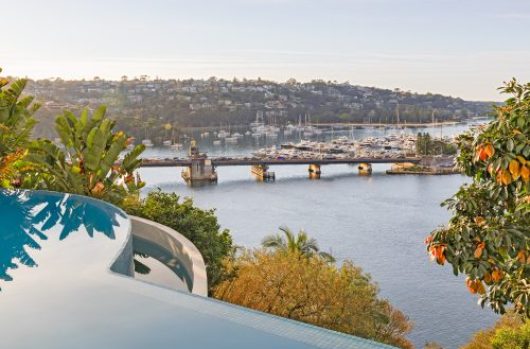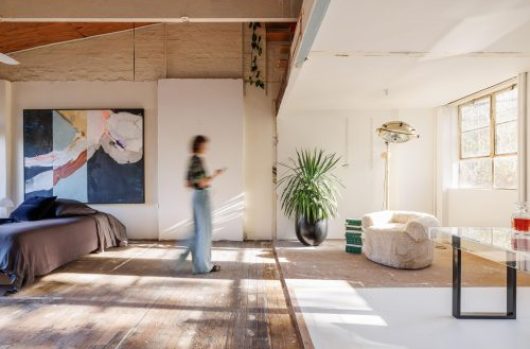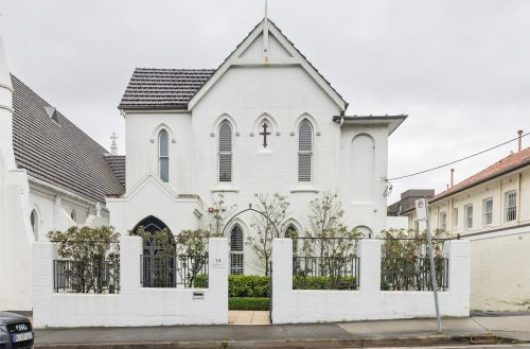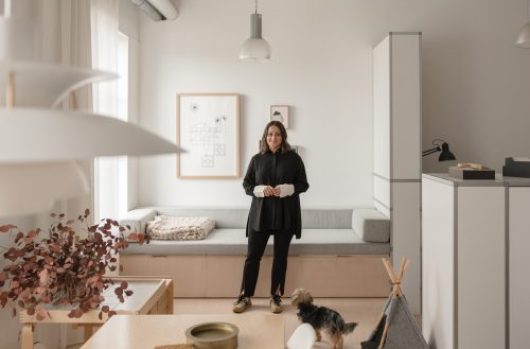The Balmain bounce
The opening of BresicWhitney’s 4th office in Balmain marks the end of a long search for a commercial site in the heart of a tight-knit neighbourhood. Famous as the birthplace of The Australian Labor Party (formed in 1891), Balmain is a bounce-back suburb, that has utterly transformed. In under three decades, Balmain has grown from a pint-sized working class enclave, into an affluent, family hang. Ask any local and they’ll tell you Darling Street is now a mecca for coffee, seasonal produce and design.
Not surprisingly local property prices have risen steeply. Balmain’s tiny green peninsula now boasts a median house price of $1.3m and apartment price of $788,000. Home to a population of just under 10,000, today’s residents consist of upwardly mobile professionals with European cars, Lululemon bags and take away café lattes.
Local resident Michael Snape has seen it all. He’s lived and worked in Balmain for the past 40 years. After starting his career as a sculptor in Paddington, he bought his 300 square metre block on Queens Lane back in 1976. Snape is great example of local whose identity is stitched into the fabric of Balmain’s narrow streets. Warm-hearted and philosophical, he speaks candidly about the area’s gradual, social change. He agrees that what people today discover as an affluent bourgeois suburb, was once a sooty, working class backwater.
“What we have here is sort of absurd. Balmain is an island in the middle of a city. But when I arrived here it was very working class. For years when we first moved in, we used to have huge trucks stuck in the street, trying to get down to the container terminal in Mort Bay.
“It was where people with left leaning orientations gravitated. There were people here with quite radical views, including the Marxists and a lot of writers. There was even a criminal element,” remembers Snape, admitting that he once even hid a wad of cash for the local “fence”, when his neighbour feared losing it to a police raid.
“The main industry was the ports. There was a working dock, lots of waterside workers, shipbuilders and all of those jobs connected to the import, export industry,” he says.
Today, like many locals, Snape enjoys what’s left behind. A walk down to Mort Bay with his wife each day has become a relished morning ritual and no big studio day is complete without a trip to Ciao Thyme for a lemon myrtle, pear and ricotta muffin.
“Over time Balmain kind of owns you in a way,” he says, describing, the addictive character of the little peninsula. “I feel privileged and somewhat guilty for enjoying these things about Balmain that are probably declining in other areas,” Snape says.
While most people know about Balmain’s privileged waterside location and city ferry service, few realise the affect the suburb has had on national politics, literature and music. The sleepy hollow has birthed big names in Australian music like Holly Throsby, Josh Pyke and Alex Lloyd. And served as a home base for actor Brian Brown, swimmer Dawn Fraser, author Geraldine Brooks and NSW Premiers; Henry Parkes and Neville Wran. Balmain was even the home to Australia’s 18th Governor-General, Sir John Kerr, who famously dismissed Gough Whitlam’s Labor government back in ’75.
Art, literature and music all continue to play their part in the Balmain village vibe. In fact it’s the healthy tension between old and new, preservation and expansion, conservation and development that creates such a strong community.
The new BresicWhitney office on Curtis Road seeks to blend in, rather than poke out. Designed by Chenchow Little, the interior is forged in a palette of off-whites, punctuated by stark cut outs and skylights. The starting place for the designers was cutting a circle into the the warehouse floor plan; making a deliberate counter point to the building grid. A visit reveals a sculptural and curved interior that’s ‘more like an art gallery than an office,’ according to architect Tony Chenchow.
“It’s still connected to the sky and the blue space outside, but when you come in, you are immediately engaging with the artwork,” he says. The gallery feel, is not out of place in the converted warehouse building, which has enjoyed a former life as an art supply store and a studio for constructivist sculptor Rober Klippel AO.
Want to know how to enjoy 24 Hours in Balmain? Click here to read a guide to Balmain.
A very special thanks to sculptor Michael Snape view his work here.







